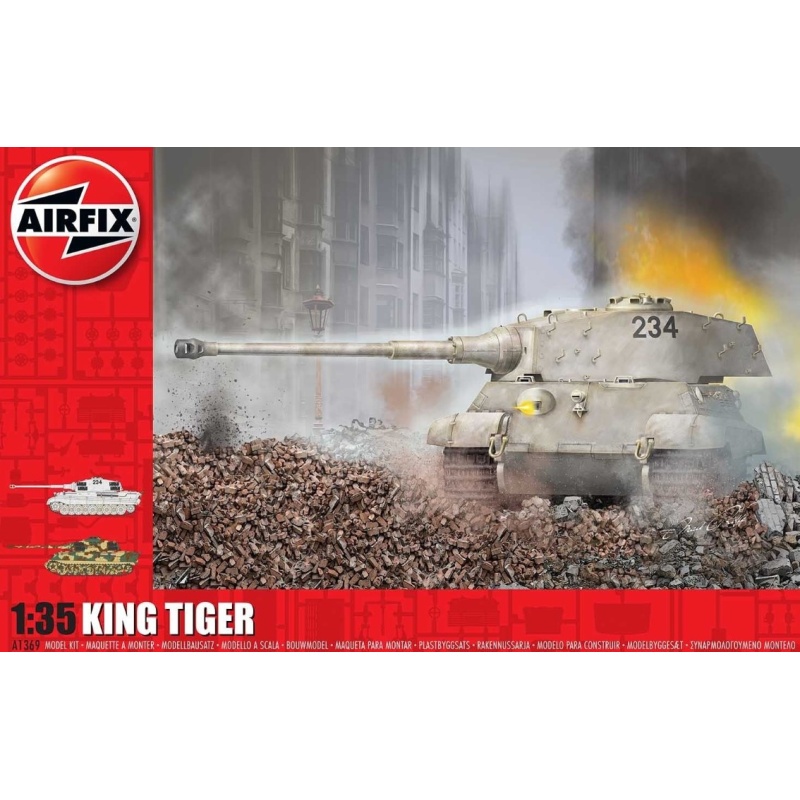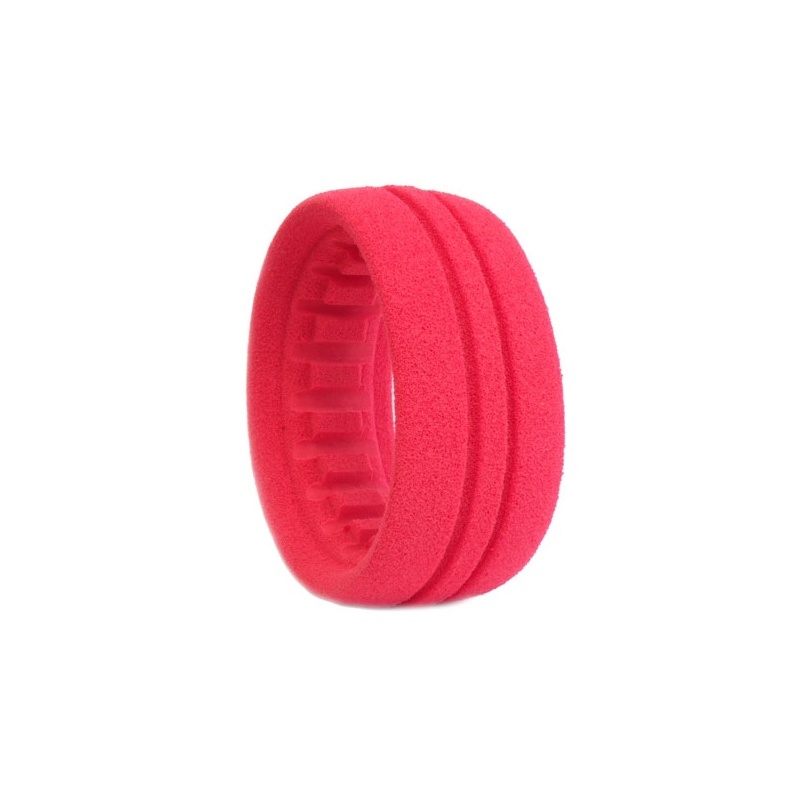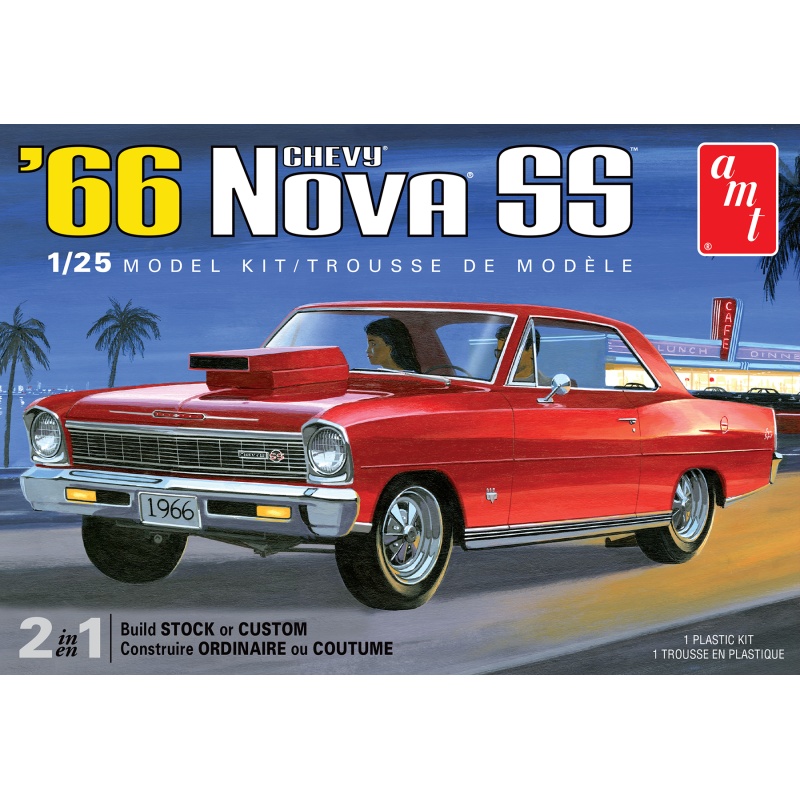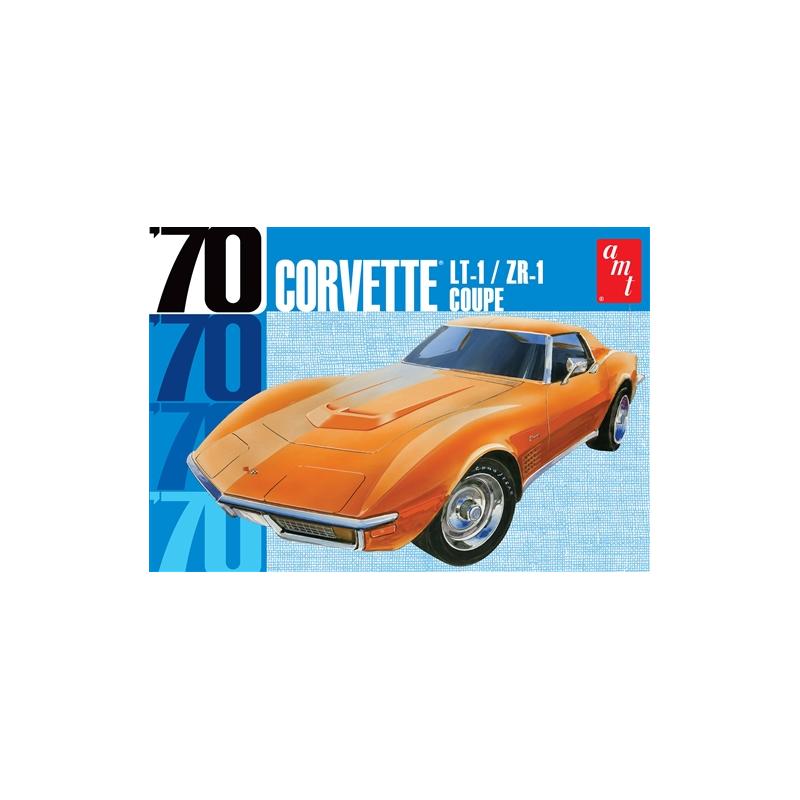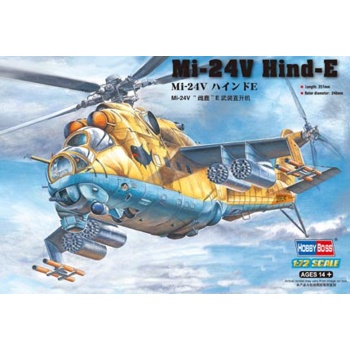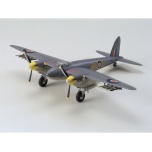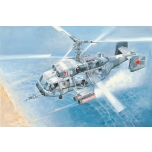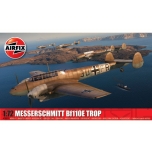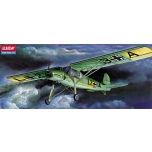Hobby Boss Mil Mi-24V Hind-E 1:72
The Mil Mi-24 (NATO code: Hind) was a heavy Soviet-made combat helicopter with a full metal, half-shell structure, with a retractable landing gear, in a classic layout with a main rotor and a tail rotor on the beam. The drive was provided by two turboshaft engines TW-3-177MT of various models, each with a capacity of 2200 HP. The first prototype flew in September 1969, and serial production lasted from 1970 to 1983. The main impulse for the development of the Mi-24 were the new tactical and operational assumptions of the Soviet Army, which began to put great emphasis on the use of attack combat helicopters in its offensive operations in the late 1960s. Originally, the Mi-8 performed well in this role, but based on its components, it was decided to create a heavily armed helicopter, faster and still capable of carrying up to 8-10 landing troops. This is how the Mi-24 was born - a machine that is revolutionary in its own way, unique in its concept and when it was put into service (early 1970s), outclassing all Western designs. A lot of modernization of the basic version (Mi-24) was created. The first chronologically was the version of the Mi-24A, in which the ergonomics of the machine was improved and more powerful engines were added. Later, the Mi-24D model was developed, which had a different cabin shape already in a tandem arrangement and a different arrangement of the tail rotor. An export version was also created, called the Mi-35. The very successful Mi-24 was widely exported to the Warsaw Pact countries, but also to Libya and Ethiopia, for example. Mi-24 helicopters took part in numerous armed conflicts, including: during the Vietnamese intervention in Cambodia, but most of all in the war in Afghanistan (1979-1989), where the Mi-24 became the "workhorse" of the Soviet troops, at the same time, high efficiency. The Mujahideen have nicknamed the Mi-24 helicopters "the devil's chariot."


